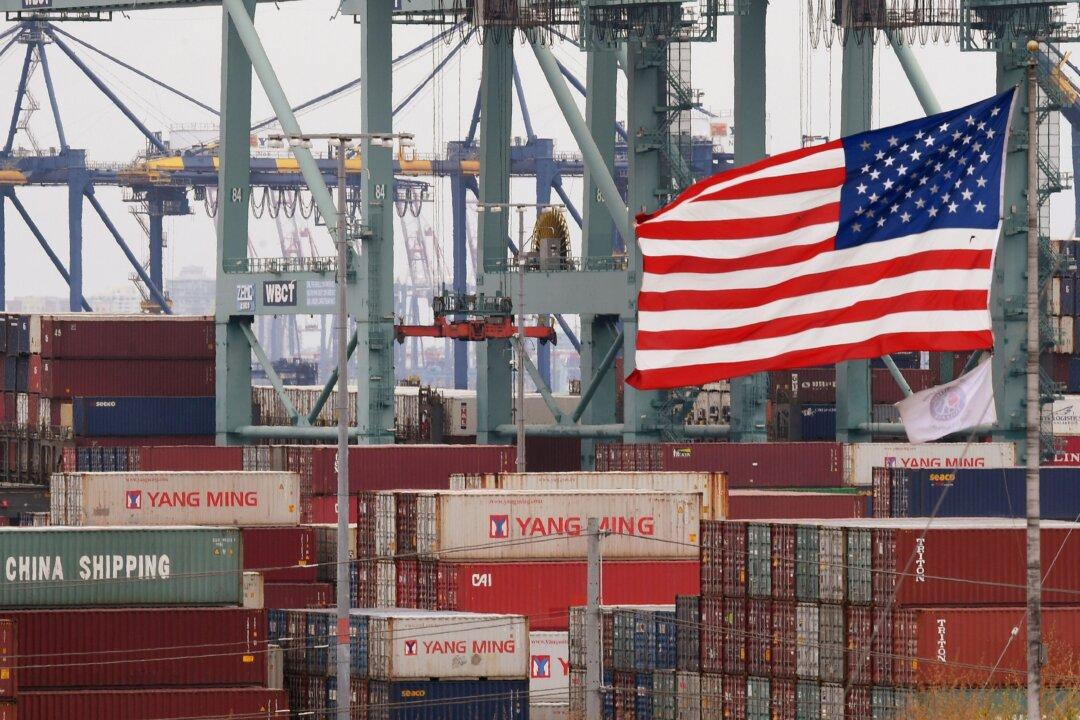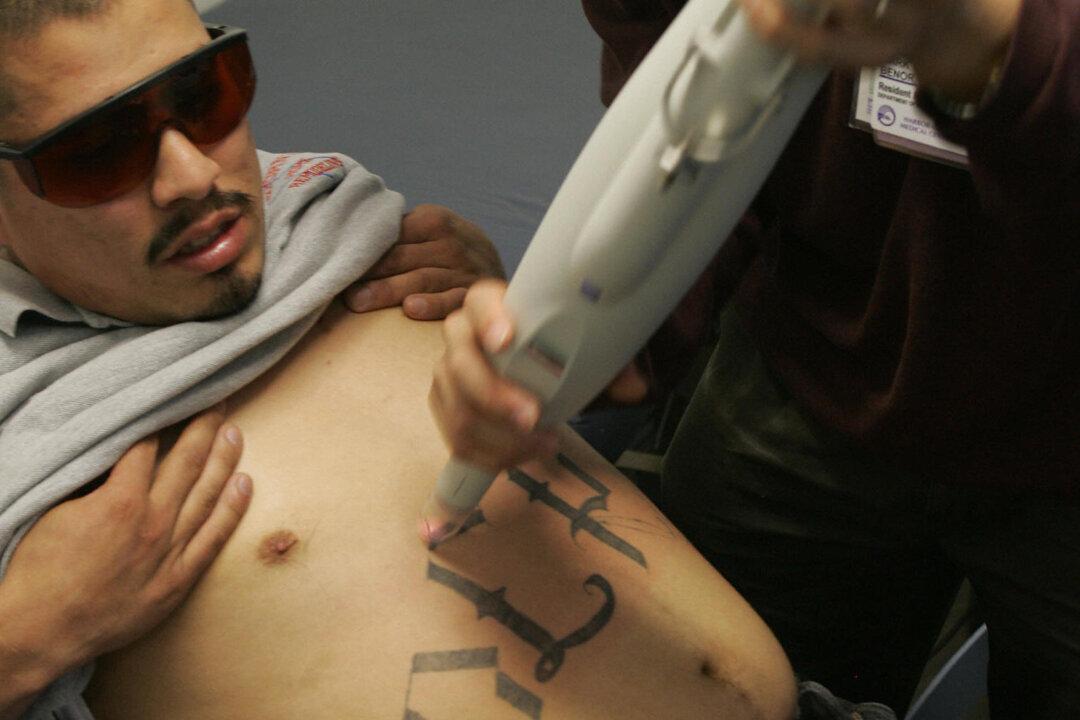Coordination was the key to the seizure of 52,601 firearms parts in violation of the Chinese Arms Embargo worth $378,225 at Los Angeles/Long Beach Seaport in August, reported the government agencies involved.
The U.S. Customs and Border Protection (CBP), the Machinery Center of Excellence and Expertise (CEE) and the Bureau of Alcohol, Tobacco, Firearms and Explosives (ATF) all participated in the interception of sights, stocks, muzzles, brakes, buffer kits, and grips, according to a statement.




